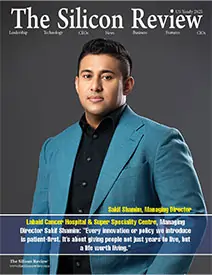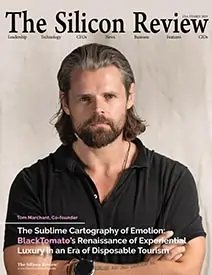>>
Industry>>
Nanotechnology>>
Nanorobots Guide Stem Cells to...Nanorobots Guide Stem Cells to Become Bone Cells
The Silicon Review
12 November, 2025
Nanorobots use precise mechanical pressure to guide stem cells into becoming bone cells, advancing regenerative medicine and tissue engineering.
Researchers have demonstrated that nanorobots can successfully guide stem cells to differentiate into bone cells through precisely applied mechanical pressure, representing a significant advancement in regenerative medicine and tissue engineering. This breakthrough enables controlled bone formation at the cellular level without relying solely on chemical or biological cues, opening new possibilities for treating fractures, osteoporosis, and skeletal defects. The development immediately influences tissue engineering strategies and creates new paradigms for how mechanical stimuli can be harnessed for therapeutic purposes. For medical researchers and regulatory agencies, this technology represents a fundamental shift in understanding how physical forces at the nanoscale can direct cellular fate and tissue development.
The nanorobot-mediated mechanical approach contrasts sharply with the chemical and biological methods that have dominated previous stem cell differentiation techniques. While conventional approaches use growth factors and differentiation media, this research delivers precise mechanical stimulation that mimics natural bone formation processes. This physical intervention approach matters because it demonstrates that cellular programming can be guided through engineered physical interactions rather than just biochemical signaling, potentially establishing new standards for how regenerative therapies can harness multiple modalities to achieve superior therapeutic outcomes with reduced side effects.
For biotechnology executives and medical device developers, this breakthrough demands strategic reassessment of regenerative medicine platforms. The immediate implication is the need to integrate mechanical guidance capabilities into next-generation tissue engineering systems and therapeutic approaches. The forward-looking insight is clear: the future of cellular programming will be dominated by technologies that combine biological, chemical, and physical intervention modalities. Companies that develop integrated approaches incorporating nanoscale mechanical guidance will achieve more precise and predictable tissue regeneration outcomes, while those maintaining single-modality approaches may face limitations in achieving the spatial and temporal control required for complex tissue reconstruction and regenerative therapies.


 (1)_2025-10-21_13-35-14.webp)

_2025-10-02_10-21-48.webp)

